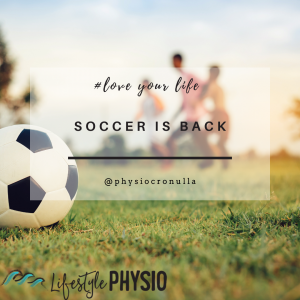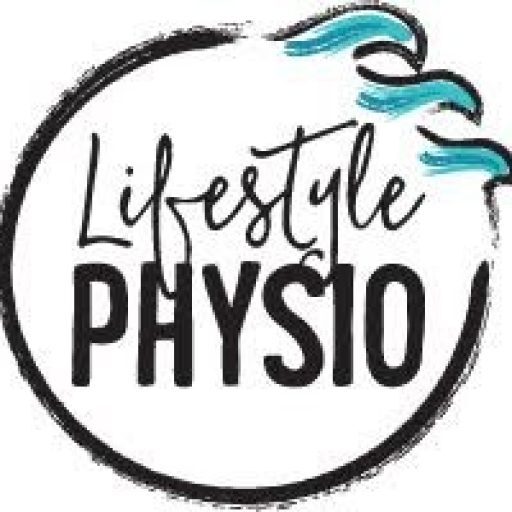
Groin strain
The dreaded soccer groin.
Groin pain presents to our clinic a lot more during soccer season, making up 15% of all soccer injuries. It can be difficult to diagnose, difficult to treat and can cause long-term restriction if not looked after correctly.
Soccer involves so many explosive movements, sudden changes in direction and acceleration. This plyometric, power and endurance required by the groin muscles predisposes the area to injury. Contact injury can also occur and while not as common, is mostly unavoidable.
Returning to playing or training too early following injury is a common mistake.
A groin strain refers to an injury to your adductor muscles, these run along the inside of your leg and attach your femur to your pubic bone. A strain can occur from a sudden stretch or over-loading the area (in times of fatigue or underlying hip injury/stiffness).
Pain associated with a groin strain may be felt locally in the groin area or radiating slightly down the inside of your leg. The injury will result in difficulty crossing your leg, pain with changing direction and you may have swelling and/or bruising in the area. Extreme cases may result in a difficulty to weight bear.
Treatment of Groin Strain
Initial treatment of a groin strain is your standard RICE procedure (Rest, Ice, Compression, Elevation). It is important to be aware though of ice placement! Putting ice (or heat for that matter) should be done with caution around the genitals, especially during child-rearing years.
A good physiotherapist will help you address what caused the strain. Note that a strain is not the only thing that can cause pain in this area. Hernias, boney pathology and abdominal injury can all also cause pain in the groin, it takes a thorough assessment to accurately diagnose the problem. Advice is required for when is the right time to return to exercise and in what capacity.
Concerned you are at risk? Too late and already suffering? Get in touch.
#physiocronulla #soccerinjury #loveyourlife
